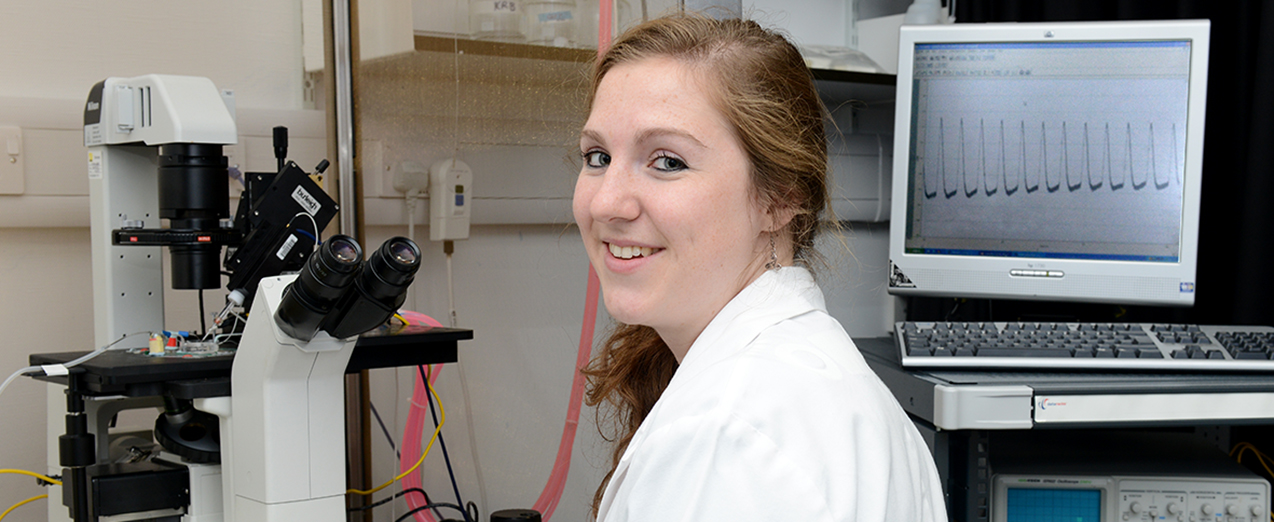
On World Heart Day, Sian Harding Head of the BHF Centre of Regenerative Medicine looks at how the Centre’s cutting-edge science is working towards building new heart muscle.
We are excited by the news that our BHF Regenerative Medicine Centre has been renewed for another four-year term from 1 October 2017! At Imperial we have been concentrating on the big challenge of producing new muscle for the damaged heart, along with our partners in the Universities of Nottingham, Glasgow, Hamburg and Westminster.
The heart has a very limited capacity to repair itself after a heart attack, or during the more insidious damage from high blood pressure, diabetes or chemotherapy. We have been looking at various kinds of stem cells to explore their power to become new cardiac muscle cells – one of the big successes of the current Centre. Pluripotent stem cells – those which have the capability of turning into any cell type in the body – can now be turned very efficiently into beating heart muscle in the laboratory dish, and made into strips of engineered heart tissue. Our partner, Professor Chris Denning, at the University of Nottingham has automated the process of making the cells and Professor Thomas Eschenhagen in Hamburg has contributed his technology for converting this into muscle. (more…)
Read World Heart Day: Building new hearts at the BHF Regenerative Medicine Centre in full

